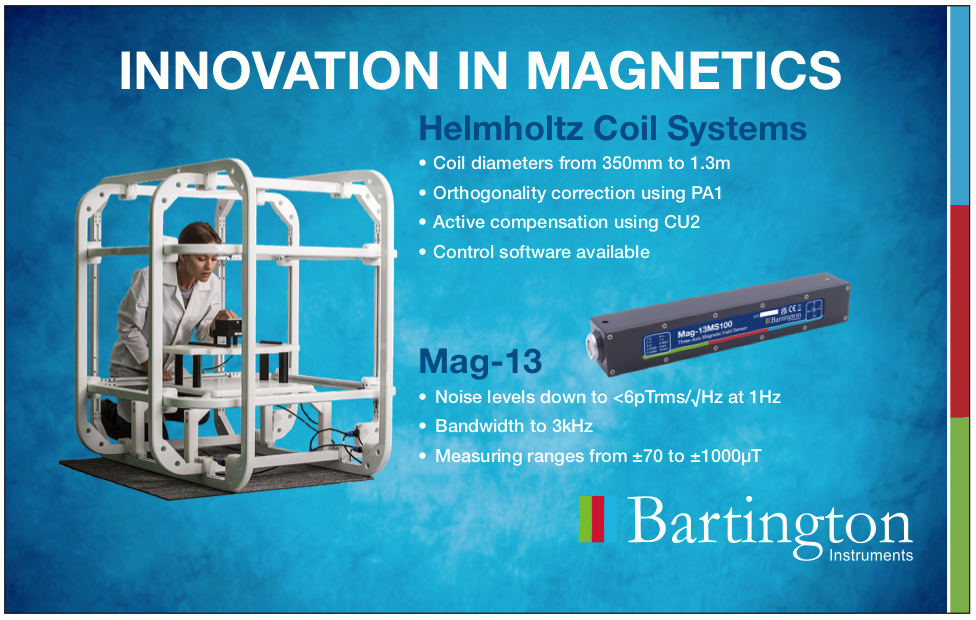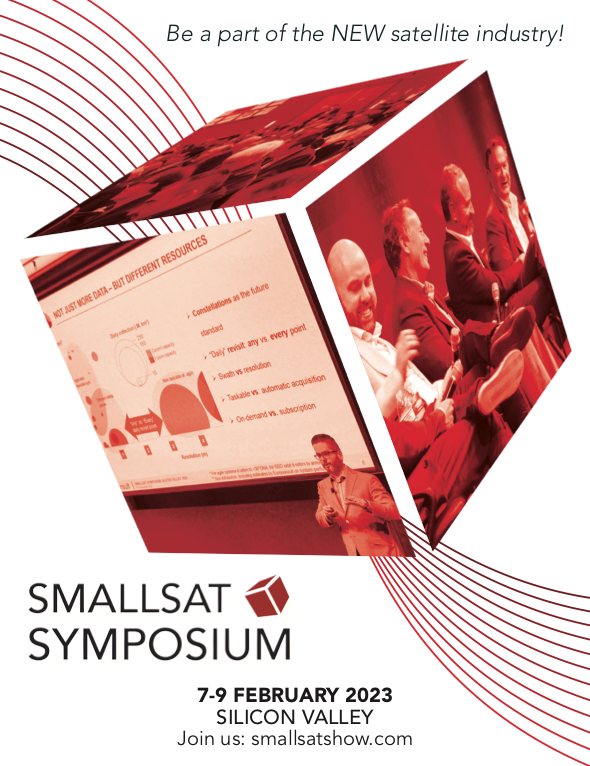Raytheon Intelligence & Space’s contract with U.S. Space Force for missile track custody system
Raytheon Intelligence & Space has been awarded a prime contract to develop a prototype Missile Track Custody (MTC) system for the U.S. Space Force. MTC is the service’s first Medium Earth Orbit (MEO) missile tracking system.
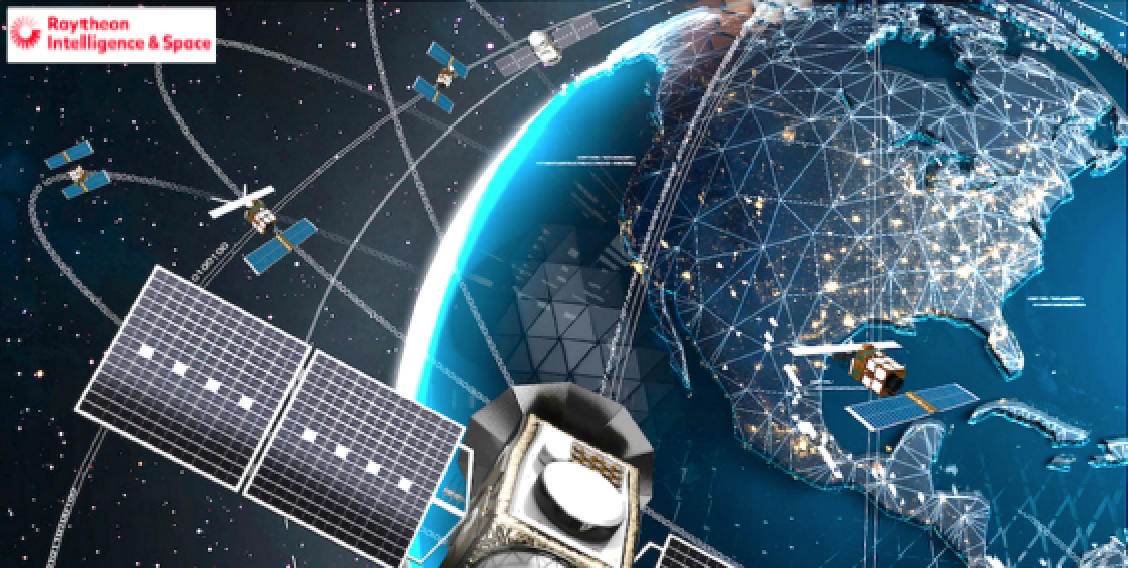
Under this contract, Raytheon Intelligence & Space will serve as the prime contractor, developing and delivering a space vehicle, hosting a state-of-the-art missile tracking mission payload and ground-based command and control and mission-data processing elements.
This system was developed using model-based systems engineering that significantly increased the speed of development, all the while reducing cost.
The company will also deliver the command and control (C&C) and real-time mission-data processing elements for MTC.
The ground system will use the Future Operationally Resilient Ground Evolution Mission Data Processing Application Framework (FORGE MDPAF).
Raytheon’s FORGE MDPAF is a ground system framework that collects and processes data from satellites, including Overhead Persistent Infrared (OPIR) space vehicle data from Space Force’s Space- Based Infrared System (SBIRS) constellation and the future Next-Generation OPIR constellation.
“This is an advanced solution to counter emerging missile threats facing our country,” said Roger Cole, executive director, Strategic Systems programs, Raytheon Intelligence & Space. “From its MEO perch, our system will enable Space Force to accurately detect and track adversarial hypersonic weapons with precision accuracy.”
Lockheed Martin is providing its mid-sized LM 400 bus to host a Raytheon IR sensor payload for this U.S. Space Force mission. The rapidly producible LM 400 supports the mission to accelerate a U.S. layered missile defense system.
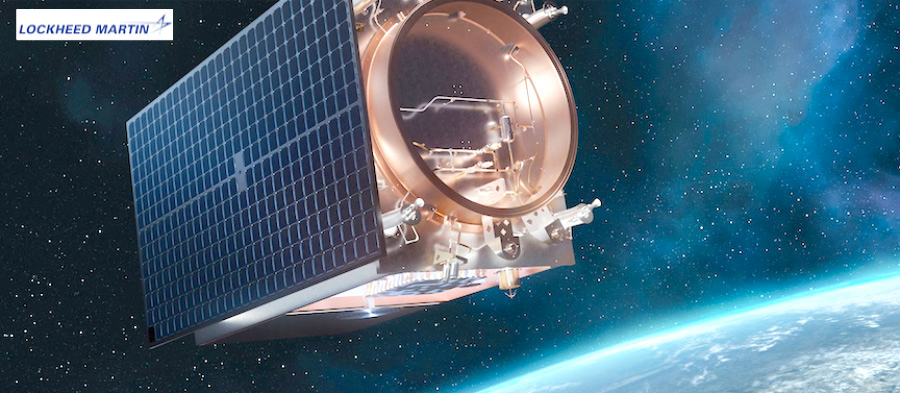
Lockheed Martin is providing its mid-sized LM
400 bus to host a Raytheon IR sensor payload for
the U.S. Space Force’s first missile tracking
capability at MEO.
Raytheon Intelligence & Space’s mission payload, which passed critical design review in November of 2022, will be integrated onto the LM400 satellite bus that includes SmartSat,™ software-defined satellite capabilities that allow it to adapt to changing mission needs and deploy new capabilities to stay ahead of evolving threats.
“Lockheed Martin is excited to provide our mid-sized, rapidly-producible LM400 bus to Raytheon, supporting our customer’s mission to deliver initial warfighting capability with Missile Track Custody Epoch 1,” said Mike Corriea, vice president, Lockheed Martin’s Overhead Persistent Infrared mission area. “Lockheed Martin will leverage a full suite of digital engineering tools to produce satellites that are dramatically more responsive and flexible, at a fraction of the cost and delivery time for our customers.”
The team plans to complete a system critical design review in 2023, followed by a build, integration, and test campaign to deliver capability to orbit by 2026.
Work for this program will be executed in El Segundo, California, and Aurora, Colorado.
A $2.25 billion win for CACI
CACI International Inc. (NYSE: CACI) has been awarded the Defense Counterintelligence and Security Agency (DCSA) Background Investigation Fieldwork Services Contract, a five-year single-award indefinite delivery/ indefinite quantity contract valued at $2.25 billion, to provide background investigation capabilities to the DCSA.

CACI has a long-standing partnership with the DCSA and has supported national security by performing security clearance background investigations for three previous, consecutive iterations of the contract.
DCSA is currently responsible for conducting more than two million background investigations per year on civilian and military applicants and Federal employees or employees of Government contractors and consultants to Federal programs.
Under this enterprise technology contract, more than 1,000 of CACI’s background investigators will conduct these initial investigations and periodic re-investigations nationwide.
John Mengucci, CACI President and Chief Executive Officer, said, “CACI brings more than 17 years of experience in conducting background investigations to DCSA. Our tenured background investigators are the first line of defense in identifying threats to our national security and preventing infiltration of our government facilities.
CACI’s support is crucial to securing the trustworthiness and integrity of the U.S. Government’s workforce.” Work will be performed in all 50 states, Washington, D.C., and all commonwealths and U.S. Trust Territories. CACI’s approximately 22,000 talented employees are vigilant in providing the unique expertise and distinctive technology that address our customers’ greatest enterprise and mission challenges. The company’s culture of good character, innovation, and excellence drives the firm’s success and earns CACI recognition as a Fortune World’s Most Admired Company.
www.caci.com
Space Systems Command’s EWS tech demo smallsat launched by SpaceX
Space Systems Command successfully launched the organization’s Electro- Optical/Infrared (EO/ IR) Weather Systems (EWS) cubesat technical demonstration onboard the SpaceX Transporter-6 mission at 9:56 a.m. (Eastern, 6:56 a.m. Pacific) from Cape Canaveral Space Force Station, Florida on January 3, 2023.
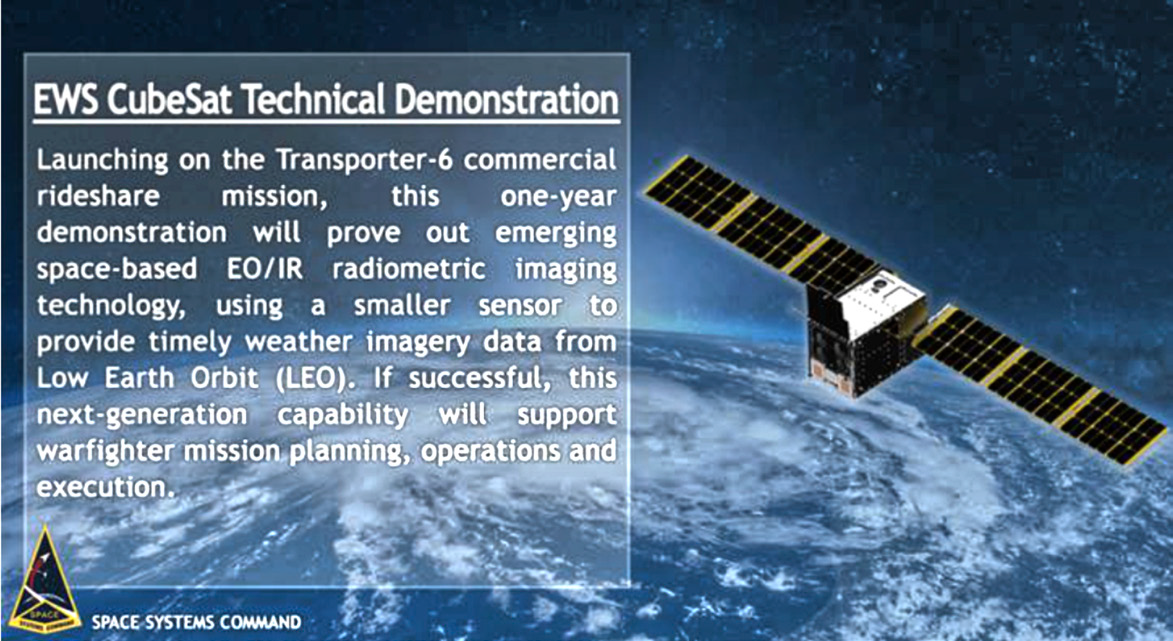
This one-year EWS cubesat tech demo will prove out emerging, space-based, EO/IR radiometric imaging technology, using a smaller sensor to provide timely weather imagery data from LEO.
In February of 2002, the EWS program competitively selected two vendors to develop and launch two separate, sensor prototypes.
Orion Space Solutions, a non-traditional government contractor, delivered the cubesat for this demonstration.
General Atomics Electromagnetic Systems Group will deliver the second prototype by 2025.
This launch satisfies the FY20 National Defense Authorization Act (NDAA) Congressional mandate to launch a weather EO/IR pathfinder prototype by FY23.
The program expects the first transmittal of data early in 2023.
“The EWS cubesat technical demonstration effort represents SSC’s continued commitment to working with non-traditional partners to broaden the competitive industrial base. If successful, this will provide an innovative option to deliver Space-Based Environmental Monitoring data to the warfighter at an operationally relevant speed,” said Lt. Col. Joe Maguadog, EWS Materiel Leader and Program Manager. “This demonstration will inform our transition toward a more affordable, scalable, and resilient EO/IR weather constellation.”
Norwegian-Dutch MilSpace2 smallsats successfully launched
Two Norwegian-Dutch smallsats were successfully launched on January 3, 2023 — Birkeland and Huygens were placed into orbit by SpaceX via the Transporter-6 mission.
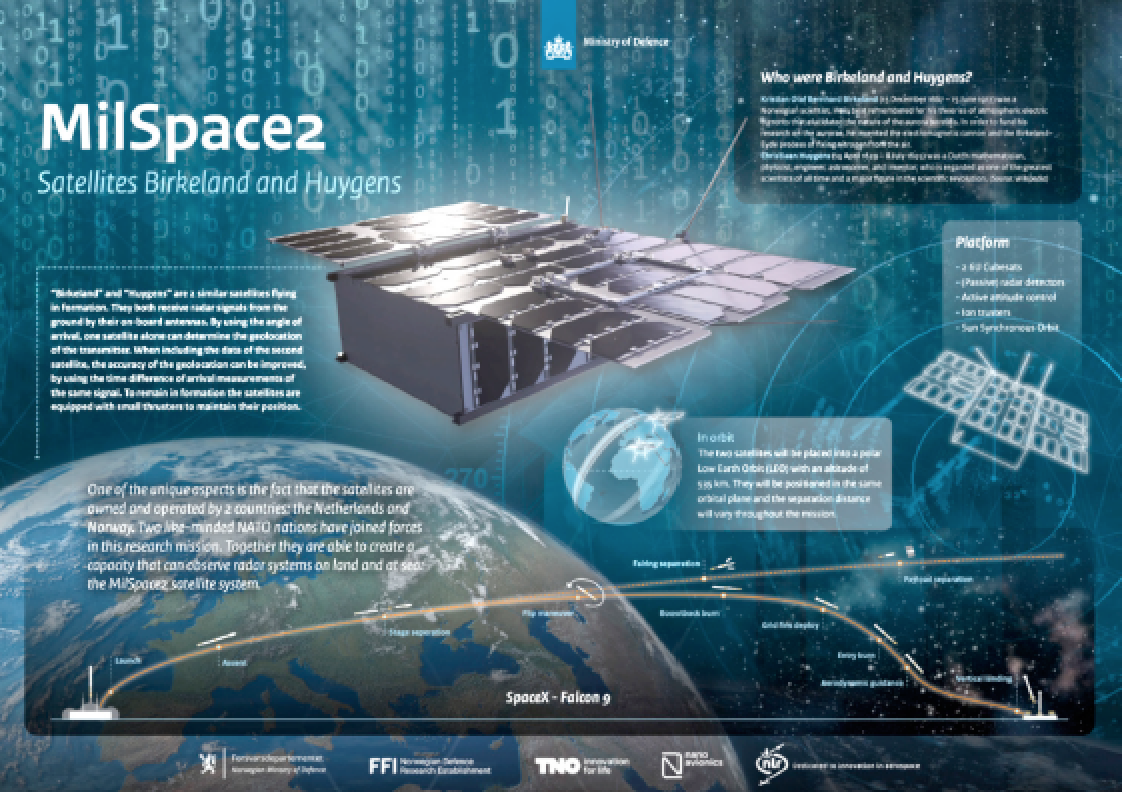
MilSpace2 is a cooperation project between the Netherlands Ministry of Defence, the Norwegian Ministry of Defence, the Norwegian Defence Research Establishment (FFI), the Netherlands Aerospace Center (NLR) and the Netherlands Organisation for Applied Scientific Research (TNO).
Defence Vision 2035 states that space has become a crucial link in the information-driven operations of the armed forces. The defence organization is very dependent on satellites for navigation and communication systems, among other needs.
This is the second time that the Netherlands Ministry of Defence has launched satellites and is, therefore, implementing Defence Vision 2035.
The satellites, each of which is not much larger than six, one-liter cartons of milk, each measuring approximately 30x20x10 cm, are named after Norwegian physicist Kristian Olaf Birkeland and the Dutch astronomer, Christiaan Huygens.
Strategic mutual assistance in research and technology (SMART), military use of space (MilSpace) and cooperation in science and technology are elements of the bilateral agreement between the ministries of defence of the Netherlands and Norway.
The project team that is acting on behalf of the two ministries consists of the Norwegian Defence Research Establishment (FFI), the Royal Netherlands Aerospace Centre (NLR) and the Netherlands Organisation for Applied Scientific Research (TNO).
Innoflight’s multi-million government contracts to radiation-harden and cyber-harden sensor payloads
Innoflight was awarded more than $5 million in government contracts to radiation-harden and cyber-harden advanced terrestrial sensor payloads for space.
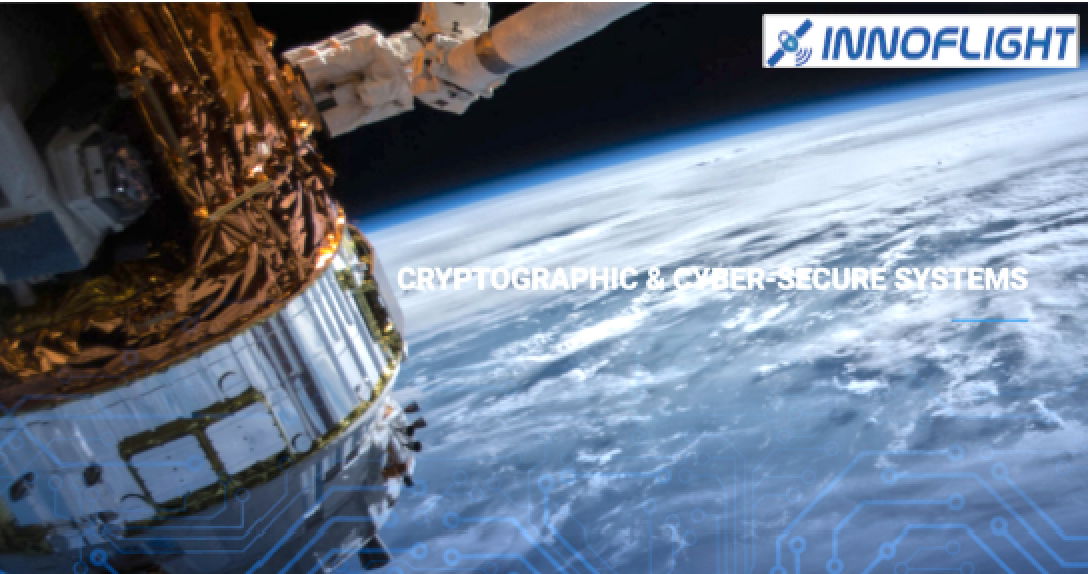
Within Department of Defense (DoD) space programs, there is a significant interest in leveraging affordable, advanced, and low size, weight and power (SWaP) avionics systems for use in proliferated Low Earth Orbit (pLEO) space sensors and seekers on aerospace vehicles.
This approach allows the DoD to rapidly adopt advanced software-defined and reconfigurable sensor payloads to respond to emerging threats.
Innoflight’s contracts cover the entire scope of these payloads, including the sensor, read-out electronics, edge processing and power electronics and will leverage Innoflight’s expertise to space qualify Commercial Off-The-Shelf (COTS) technologies for mechanical, thermal, electromagnetic and radiation requirements.
A key element of Innoflight’s space qualification is a systems-engineering focused, multi-layer mitigation of natural and man-made threats to the payload’s electronics and embedded systems.
The largest of the government contracts emphasizes the requirement to harden against cyber threats.
CyberDog actively protects all communications between the spacecraft and external entities, including Internet Protocol (IP) traffic.
For IP traffic, CyberDog selectively calls upon Intrusion Detection System (IDS) routines to quarantine dangerous data or suspicious outbound traffic for further analysis.
The CyberDog algorithm can be tuned to provide high-assurance encryption services to protect sensitive mission data. Finally, CyberDog monitors the internal behavior of the system in real‑time.
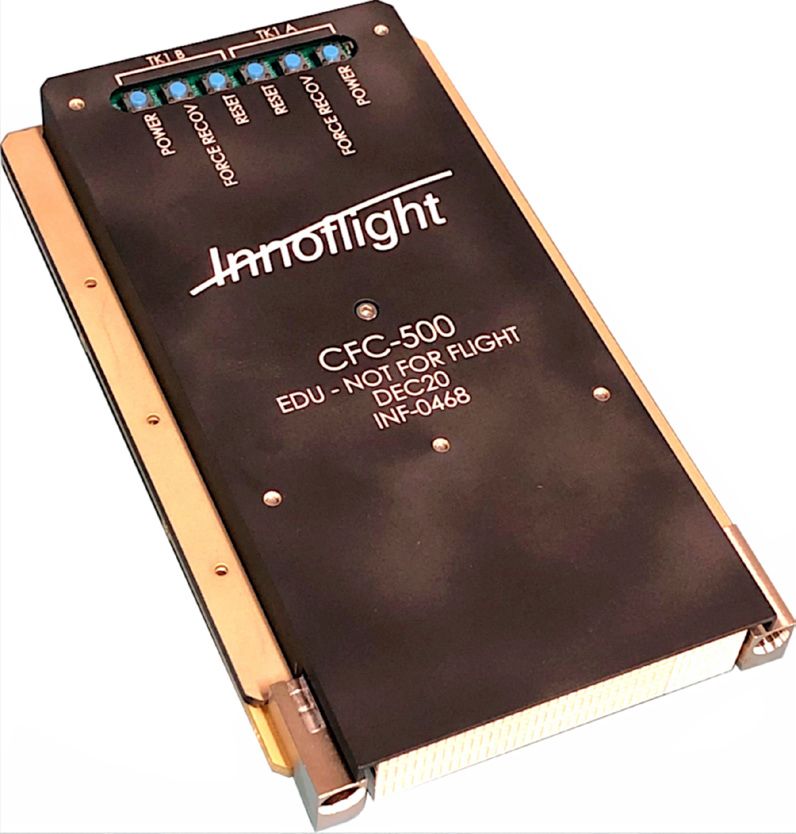
Innoflight CFC-500P GPU-based Processor in the
3U SpaceVPX Form Factor
The proprietary algorithm will monitor for sudden changes in the behavior of the system and rapidly discriminate the change
event as an attack or anomaly. CyberDog will meet the attack based on threat condition, programmed rulesets, or updates from an external command and control node.
These contracts will produce prototype hardware that has completed qualification testing and ready for on-orbit demo.
“Innoflight has built upon its breadth and depth in radiation mitigation of advanced secure communications, networking and processing solutions for responsive space; furthermore, we have taken our expertise and experience in information assurance through multiple U.S. Government Information Assurance cryptographic solution certification programs to build a comprehensive cyber capability called CyberDog,” said Jeff Janicik, Innoflight President and CEO.
Report reveals rising government space defense spendings anticipated by investments in space security and early warning
The new edition of Euroconsult’s “Government Space Programs” report provides detailed insight into rising government space budgets in civilian and defense applications for the decade ahead, highlighting spending patterns and specific areas of investment from nations around the globe.

Euroconsult’s report reveals a continued increase in global governments’ space budgets.
This year has seen a cumulative spend of $103 billion in 2022, a 9% increase since last year and a record high for the sector.
Despite the recent pandemic crisis, governments have increased their investments in the sector to further support the development of their industry and sustain their ambitions.
This growth is notably significant in the defense area, reaching 16% in 2022 and topping a new record at $48 billion.
Current geopolitical tensions have confirmed space as a strategic operational theater for hybrid warfare tactics, pushing governments to sustain their investments in ‘traditional’ space applications, such as Telecommunications, Navigation and Earth Observation (EO), but also more prominently in Space Security and Early Warning systems to further protect their space assets.
On the civil side, government expenditures are increasingly driven by Human Spaceflight missions, which now attracts more and more new entrants that have been encouraged by the socio-economic benefits and prestige brought by these programs.
While civil expenditures have historically always been higher than defense spendings, the gap between the two continues to decrease and is expected to reach 50/50 parity by 2031, according to Euroconsult’s projections.
In terms of national rankings, the U.S. remains, by far, the largest investor worldwide.
However, its share of global spending has been reduced, from 76% in 2000 to 60% in 2022 as more and more countries join the sector.
In 2022, Euroconsult counted more than 86 countries invested in space activities.
Some regions have shown a particular dynamism over the past few years, notably in the Middle East, with countries such as Saudi Arabia, the UAE, Qatar and Oman accelerating their development in the sector.

Charlotte Croison, Senior Consultant at Euroconsult, said, “The new edition of the Government Space Programs report confirms the growing interest of countries in the space sector, notably in the defense area where space militarization has never been stronger.”
Euroconsult’s 22nd edition of “Government Space Programs” provides a comprehensive assessment of countries and organizations investing in space.
The report is available on Euroconsult’s Digital Platform, enabling customers to easily sort, compare, customize and visualize datasets of their choice.
Premium users can access thousands of data points included in the database to create customized datasets for their specific needs.
For detailed profiles on all government players and an accurate map to help navigate the international space investments and priorities, access the company’s online platform.



